 Natural Cockroach Repellents: Give them a try!
Natural Cockroach Repellents: Give them a try!- Once you see a cockroach, of course, it means that cockroach already has plenty of company. If you’ve had cockroaches before or suspect you might have them, it’s best to take preventative measures.
- Natural cockroach repellents are safe, and can effectively control your cockroach problem. This article lists 5 natural cockroach repellent strategies. One of these just might liberate your home from cockroaches!
- Our first natural cockroach repellent uses cloves and epsom salts.
Natural Cockroach Repellents #1: Cloves and Epsom Salts
- Directions: Mix a handful of cloves with a handful of epsom salts in a shallow dish and place under their favourite hiding spots, such as dishwashers, fridges, sinks and washing machines. Just to be sure, a few drops of clove oil in corners and cupboards should keep them away, too. Credits: DIY Natural Cockroach Repellent — Homelife | Apartment Therapy
 Natural Cockroach Repellents #2: Cedar
Natural Cockroach Repellents #2: CedarThe cedar tree is famous for its biological components and oils that offer resistance to many insects and other pests. You can also make use of these properties and oils by using cedar veneers, blocks, chips dust and cedar balls by using them as lining fro drawers, cabinets and wardrobes. You can also use them as paneling to line closet walls, for enhanced protection.
Natural Cockroach Repellents #3: Moth Balls
Moth balls have been used for a long time to repel moths. Like moths, roaches don’t like the smell of moth balls. The common usage is to place a couple of the moth balls behind your cooker to keep the roaches from hiding around there. You may also have several in the cabinets and also under the sink and any other place where roaches make home. They are very effective and can be useful for as long as they remain there. Moth balls are however not supposed to be used near food or food preparation areas as they are not good for humans.
 Natural Cockroach Repellents #4: Red Pepper Spray
Natural Cockroach Repellents #4: Red Pepper SprayRed pepper is a common ingredient in insect repellents. Cockroaches detest red pepper and they will easily avoid coming near its smell. You need to spray on all spaces in the kitchen, bathroom, wardrobes and any other hiding places to have maximum impact. You can make this spray at home by mixing red pepper, vinegar and water. You then need to spray and leave it for some time to dry if you need to wipe. If you need to wipe, do not use a wet cloth as it may wipe away the residual smell that is necessary for continued protection.
Natural Cockroach Repellents #5: Tea Tree Oil, Mint, Bay Leaves and Cucumbers
- Cockroaches hate Tea tree oil, mint, bay leaves, and cucumbers.
- Add 25 drops of mint essential oil in 1 cup of water. Put the solution a spray bottle. Spray under kitchen cabinets, cracks, hard to reach areas and doors. Repeat once a week.
- Place bay leaves in your pantry, kitchen cabinets and closets.
- Rub tea tree essential oil on shelves, baseboards and infested area. Add end of cucumbers at corners of room and shelves until cucumbers are shriveled.
- Sprinkle Diatomaceous dirt in cracks and holes.
- Cockroach trap: Get the roaches drunk. Fill about a quarter of an old bottle with beer and add 1 tablespoon of vegetable oil. Leave in infested area. Replace when full of cockroaches. The stale beer is a cockroach attractant similar to the pheromones they use to signal each other for food. Once they fall into the bottle, they will not be able to escape. The beer is safe for pets and children.
- NOTE: Keep your house as clean as possible. Vacuum daily. Mop floors daily with 1 part white distilled vinegar and 5 parts warm water. (until cockroaches are gone).
Credits: DIY aggressive cockroach repellents – Step Into My Green World
Natural cockroach repellents aren’t always effective. If the above repellents don’t eliminate your cockroach problem, or if you’d just like to avoid the hassle and mess of placing leaves, bowls and jars around your house…
…call the pest control professionals at ApolloX Pest Control.
We’ll quickly and safely control your cockroach problem.






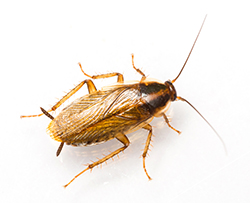

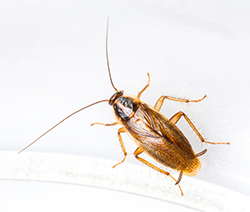

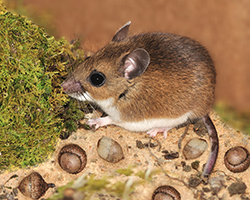
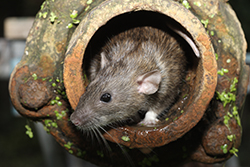
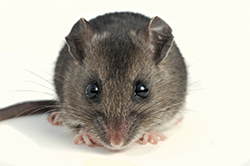
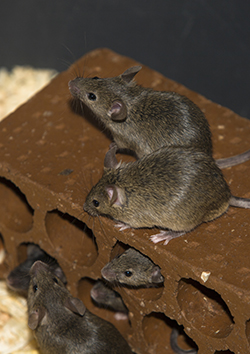
 You could wait for better weather, or create a list of fun indoor home improvement tasks.
You could wait for better weather, or create a list of fun indoor home improvement tasks. 
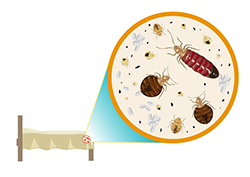
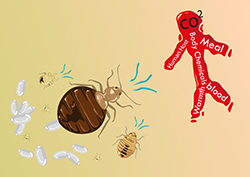
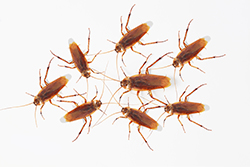

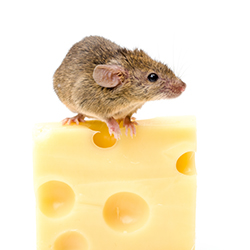

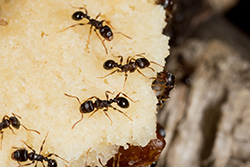

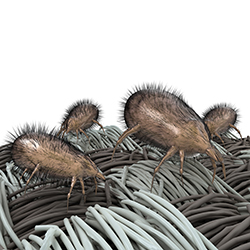


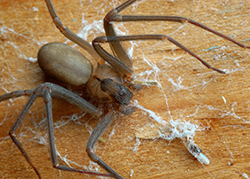
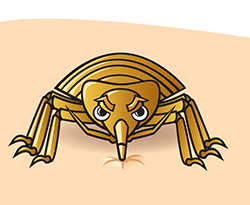


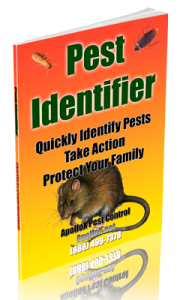





Recent Comments